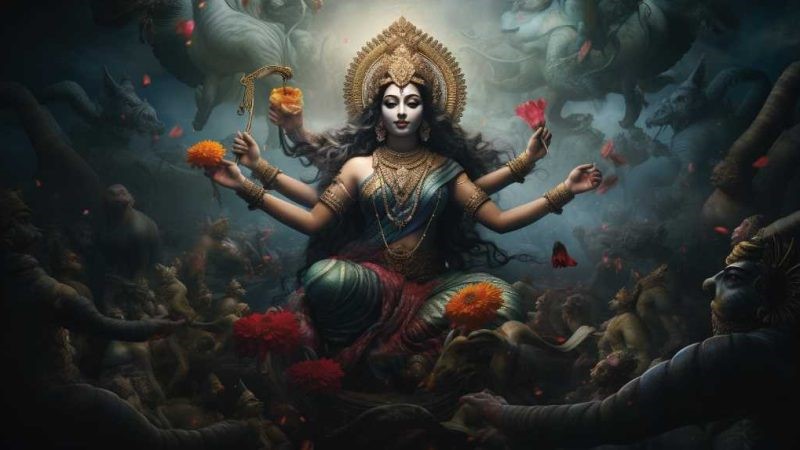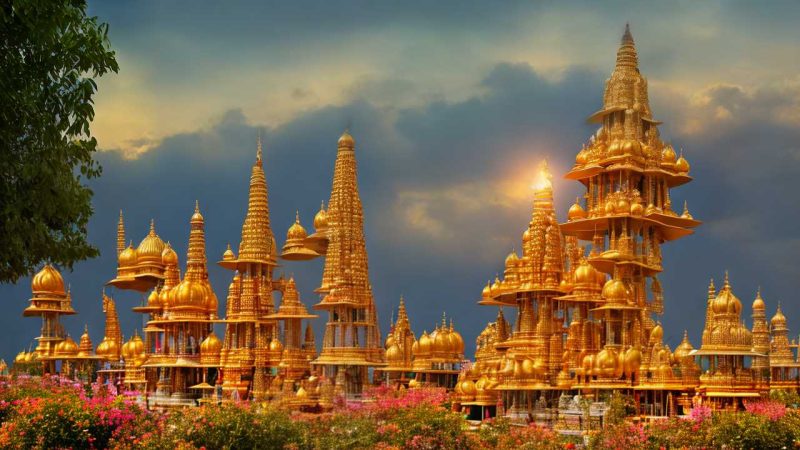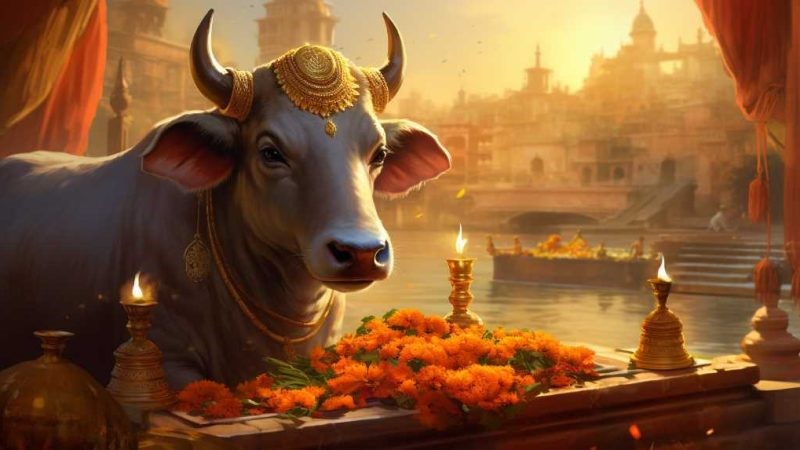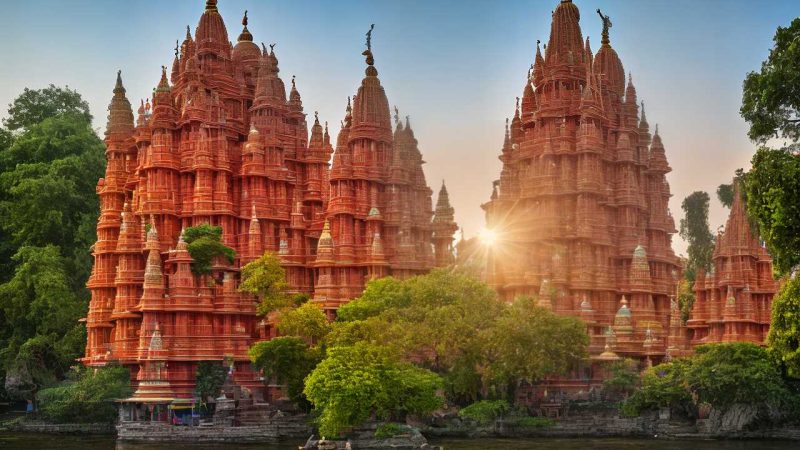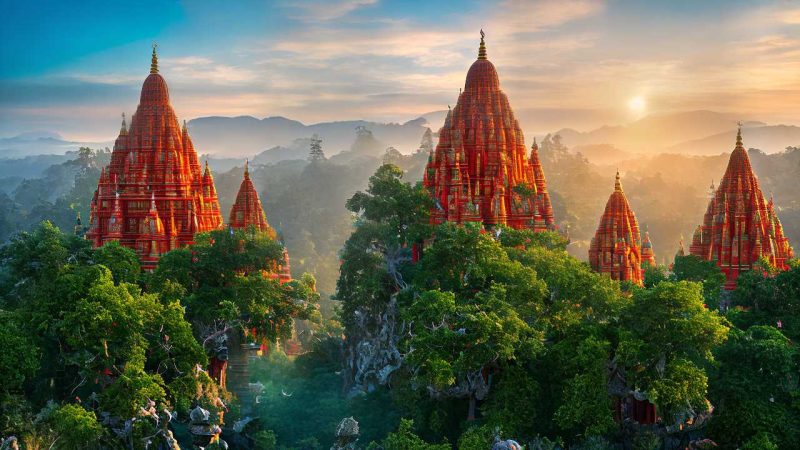A Guide to the Peaceful Hindu Temples in Fiji
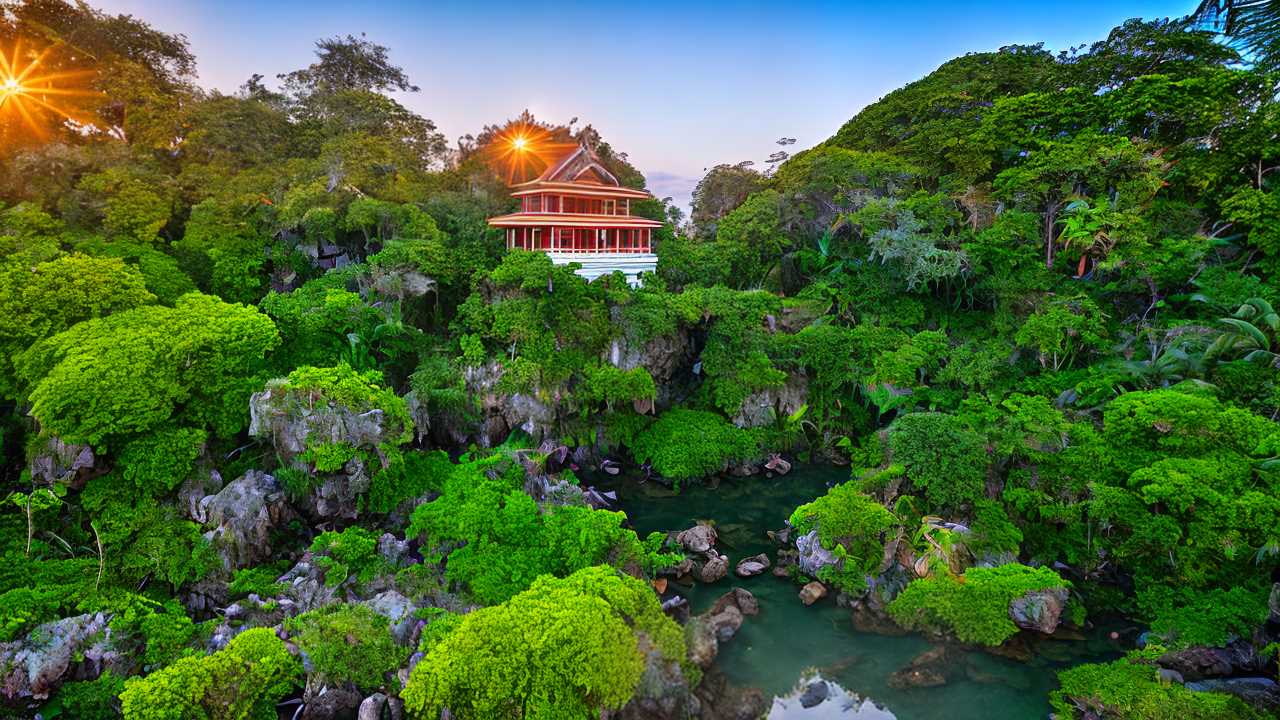
In Fiji, a place known for its beautiful beaches and friendly people, there’s something special that doesn’t get much attention: the Hindu temples.
These temples are important because they show the history and beliefs of the Indian Fijians, who came to Fiji more than 100 years ago.
For example, the Sri Siva Subramaniya Temple in Nadi is colorful and bright, while the Lovu Seashore Temple has a simple beauty.
Visiting these temples can give you a deeper understanding of how Fijian and Indian cultures have come together.
Let’s take a closer look at these temples, where you can feel a deep sense of peace and learn about the stories and traditions behind them.
Exploring Sri Siva Subramaniya
In the middle of Nadi, you’ll find the Sri Siva Subramaniya temple. It’s not just any temple; it’s the biggest one for Hindus in the Southern Hemisphere. Its design is special because you don’t usually see this kind of Indian architecture outside India. This place really shows how much effort and skill went into making it. When you look at the temple, you can’t miss the tall towers, called gopurams, covered in colorful paintings of gods. Artists from India took their time to paint each one by hand.
The way the temple is set up is not random. Everything is arranged to help people think deeply and come together to worship. The temple also tells a story about the Indians who moved to Fiji, and how it keeps their culture and religion alive. It’s not only for praying; tourists come to see it and learn about the culture too. This mix of visitors and worshippers creates a place where different cultures meet.
Let me give you an example. When you walk into the temple, you can feel a sense of peace because of how it’s built to guide you into a quiet state of mind. And when you see a ceremony, you get to understand a part of Hindu life in Fiji that you might not know about from just reading a book.
The temple is well-maintained and active, and it welcomes anyone who’s interested. It’s a great example of how tradition and openness to others can go hand in hand.
The Hidden Jewel: Mariamman Temple
In Fiji, there’s a special place called the Mariamman Temple that’s very important to the local Hindu community. It’s a place where people go to practice their religion and keep their culture alive. The temple is named after Mariamman, a goddess who is believed to have the power to heal sickness and make it rain. It’s built in a style that you might see in India, but it fits right in with the Pacific islands too. You won’t find it in the middle of where all the tourists go, which means it’s a quiet spot for people to think and pray. The temple does more than just provide a place for worship; it shows how Fiji is a place where many different cultures come together.
Let’s talk about why this temple matters. For one, it’s a key place for Hindus in Fiji to celebrate their faith. It’s like a home away from home for traditions that came from far away. The design of the temple is special because it shows how people from different places can adjust their traditions to a new home. When you go there, you’ll notice it’s peaceful, away from crowded places, which lets people focus on their prayers.
The Mariamman Temple is not just for praying; it’s a symbol of Fiji’s diverse culture. It’s a reminder that this island nation is made up of people from all over the world. This temple is a clear example of how Fiji embraces different cultures and makes them a part of its own story.
Insights Into Nadi’s Hanuman Temple
The Mariamman Temple is a special place where Hindu people come to practice their faith. In the same way, the Hanuman Temple in the city of Nadi is important for Hindus in Fiji. It’s named after Lord Hanuman, who is known for his incredible strength and loyalty in Hindu stories.
The temple has a design that mixes traditional Hindu styles with features from Fiji, showing a fusion of Indian and Fijian cultures. It’s in Nadi, which is a big city with lots of Hindu residents. This makes the temple a central spot for religious events, learning about culture, and spiritual practices. The Hanuman Temple is more than just a place to pray; it shows how Hindu traditions have stayed strong among Fijians who have roots in India.
To give a specific example, during festivals like Diwali, the temple becomes a vibrant center of activity, where people can enjoy traditional music, dance, and food that highlight the rich cultural tapestry of the Indo-Fijian community. The temple’s role in such events demonstrates its importance as a community gathering place and a center for cultural education.
Venturing to Suva’s Govind Park
In Suva, which is Fiji’s capital, you can find Govind Park. This park is important because it’s where the Hindu community in Suva comes together. They celebrate big festivals like Diwali and Holi there and also meet up for their regular prayers and weekly services.
The park is designed to handle lots of people, which is great because it means everyone can enjoy the events comfortably and respectfully. Since Govind Park is right in the middle of the city, it’s easy for people to get to. This makes it a key place for keeping and sharing Hindu culture in Suva.
It’s really great how the park helps make sure these traditions stay alive in the city.
Serenity at Lovu Seashore Temple
Away from the busy crowds at Govind Park in Suva, the Lovu Seashore Temple is a quiet place that really shows how much the Hindu community loves nature in their holy places. It sits right next to the sea, which helps people feel calm and close to their spirituality.
The design of the temple fits in with the natural surroundings and has features that make it a good place to think and meditate. This temple isn’t just for religion; it’s also key in keeping Hindu traditions alive in Fiji. It’s a place where the local people’s religious ways and the calming effect of the ocean come together.
This helps to show why the temple is a special space for prayer and deep thought.
Conclusion
In summary, Fiji is home to many beautiful Hindu temples.
For example, visitors can find peace at the Sri Siva Subramaniya temple, or feel inspired by the art at Mariamman Temple.
The Hanuman Temple in Nadi is a place for reflection, while Govind Park in Suva offers a community space.
The Lovu Seashore Temple stands out with its location by the water.
These places are important because they show the Hindu community’s deep roots and traditions in Fiji.
They’re not just for praying; they also show off stunning designs and skillful workmanship.
These temples help make Fiji’s culture rich and varied.


